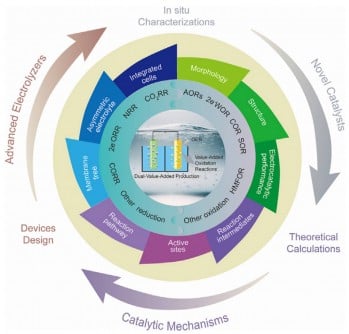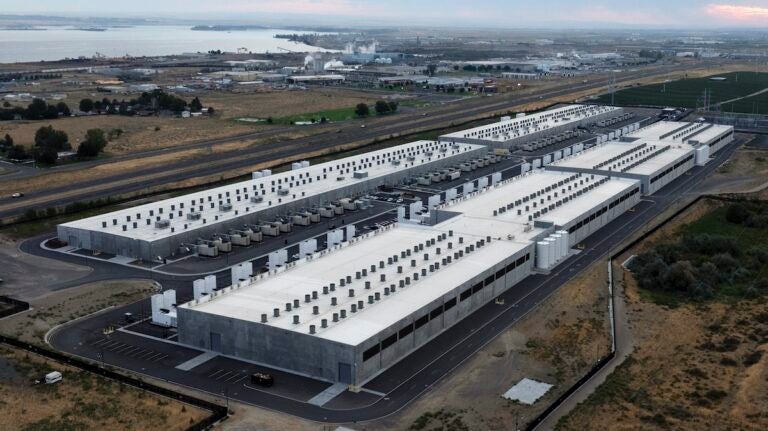UPDATE: A groundbreaking review published in the eScience Journal has just revealed innovative advancements in sustainable electrolysis that could revolutionize energy and chemical production. This urgent development, released online in July 2025, showcases how integrated electrosynthesis systems can replace traditional, carbon-intensive methods to significantly cut CO2 emissions and enhance energy efficiency.
For over two centuries, fossil fuels have dominated the global energy landscape, contributing to more than 80% of consumption and a drastic rise in carbon emissions. The implications of this reliance are dire, fueling climate change and environmental degradation. However, the research team from Jiangsu University, the Chinese Academy of Sciences, Hasselt University, and MIT is spearheading a change, emphasizing the urgent need for a shift towards renewable-powered electrochemistry.
The review identifies critical challenges, particularly the inefficiencies associated with the oxygen evolution reaction (OER), which has stymied progress in electrochemical systems. By replacing OER with value-added reactions, the team aims to achieve dual outputs: clean fuels and valuable chemicals. This dual-value approach promises to lower energy consumption while producing useful by-products like formic acid and hydrogen peroxide.
The authors, including esteemed professors Zhenhai Wen, Hao Zhang, and Nianjun Yang, stated,
“Electrochemical systems that simultaneously produce two valuable outputs represent a paradigm shift for green chemistry.”
They highlight that by coupling alternative oxidation reactions—like methanol oxidation—with reduction processes such as CO2 reduction, the industry can move closer to truly sustainable practices.
Significant advancements in catalyst development are central to these breakthroughs. The review notes that new nanostructured materials, including alloyed and defect-engineered catalysts, are expanding the active sites and boosting selectivity. Innovations in hybrid electrolyzers and the adoption of advanced techniques like infrared spectroscopy and machine learning are enhancing the efficiency and scalability of these processes.
The implications of this research are vast. The development of dual-value electrosynthesis systems holds the potential not only to reduce carbon emissions but also to enable the economical production of green hydrogen, fuels, fertilizers, and chemical feedstocks, addressing pressing climate and resource challenges. This integrated approach will play a crucial role in global efforts to achieve net-zero emissions.
As the world grapples with climate change and energy security, this review offers a roadmap for future research and industrial application. The combination of advanced catalysts, novel electrolyzer architectures, and robust characterization techniques signals a major leap toward sustainable and economically viable electrosynthesis.
The authors urge immediate action and investment in these technologies, emphasizing that the time for change is now. The integration of innovative solutions in electrochemical systems could transform the chemical manufacturing landscape, paving the way for a low-carbon, energy-efficient future.
Stay tuned for updates on this developing story as the world moves toward a more sustainable energy and chemical production paradigm.







